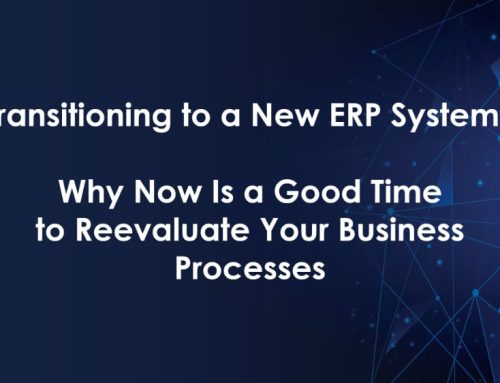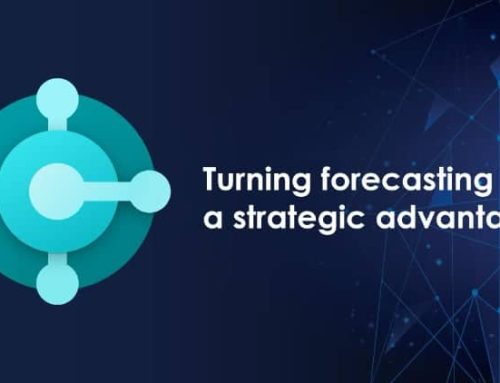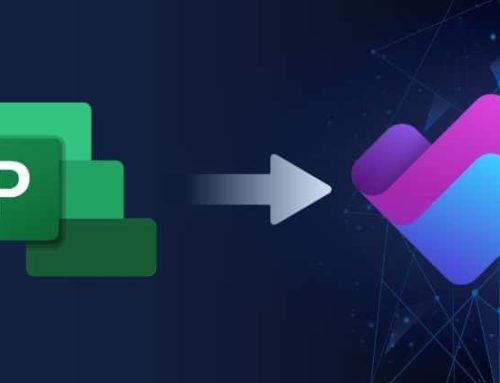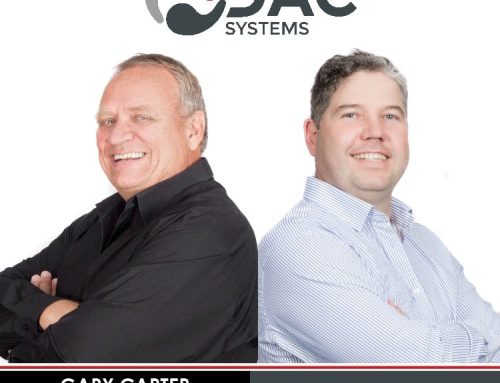
Nav to business central
Warren Gibson, Senior Dynamics Business Consultant at DAC Systems
A quiet risk is building within many finance and operations teams. The assumption is that Microsoft Dynamics NAV can be stretched indefinitely. However, NAV is on extended support only until January 2028. That date is not far away in ERP terms. Procurement cycles, budgeting, data migration, user training, and governance do not happen overnight. Planning now is the only way to avoid a rushed and disruptive scramble later.
The hesitation is understandable. Many NAV environments carry years of custom code. Reworking those extensions feels like open-heart surgery. The reality is that Microsoft Dynamics 365 Business Central already includes capabilities that previously required bespoke development. Modern extensions are lighter to maintain. Much of what was hardcoded can now be configured. In other words, the upgrade path is less about rebuilding everything and more about deciding what to keep, what to retire, and what to replace with standard features.
Business Central is not a cosmetic refresh. It is a cloud-first, Azure-hosted ERP that keeps NAV’s familiar strengths in finance, inventory, purchasing, and related processes, but adds the pieces modern organisations need. A web interface in AL replaces older C/AL customisation patterns. Integration with Microsoft 365 matters in daily work as do approvals in Outlook, analysis in Excel, and collaboration in Teams. Real-time analytics through Power BI. Anywhere access, elastic scaling, and enterprise-grade security. These are practical improvements that change how teams work.
Furthermore, fragmented communication and hybrid work have stretched paper-thin processes to the breaking point. When Business Central is connected to Microsoft 365 and the Power Platform, isolated tasks become linked workflows, approvals route to the right people, notifications reach the right channels, and reports refresh without manual chasing. Leaders do not wait for month-end to know where they stand. The organisation moves with one version of the truth.
The strategic case is just as clear. This is the right time to decide on your ERP and IT roadmap for the next 3 to 5 years. Work with a Microsoft Solutions Partner that treats the upgrade as a business change, not a technical project. You should expect guidance across cloud, AI-adjacent automation on Power Platform, and data architecture. You should also expect an approach that reduces risk, preserves what works, and focuses investment on outcomes that matter. That is how upgrades accelerate ROI rather than dilute it.
Data unification is a final critical piece. Business Central integrates with Microsoft Dataverse, enabling financial, operational, and customer data to live on a single platform. Synchronised and virtualised data with dynamic updates means leadership sees timely information rather than stitched-together snapshots. Decisions improve when systems speak the same language.
For companies weighing the move, a simple decision frame helps.
- Assess your NAV customisations and ask which are truly strategic. Standard Business Central features or lightweight AL extensions will replace many of them.
- Decide on deployment. Business Central is cloud-first, but it supports on-premises where required. Understand regulatory and integration needs, then choose accordingly.
- Plan for people. Training, communications, and ownership are as important as cutover dates.
- Sequence the work. Start with core finance, then expand into inventory, purchasing, projects, and the integrations that unlock value fastest.
There are structural differences you cannot ignore. NAV is on-premises with manual upgrades and no new features. Business Central provides biannual major releases and monthly fixes. Importantly, licensing shifts from concurrent server models to named-user licensing, in either subscription or perpetual form. These are not checklist items but the foundations for an ERP that can evolve with your business.
Doing nothing is the costliest option. A considered move to Business Central reduces technical debt, strengthens collaboration, and gives leaders the information they need when it matters. If your organisation still runs NAV, use this window to modernise on your terms, not on a deadline.
About DAC Systems
DAC Systems specialises in using technology to the benefit of our clients to optimise their operations. We focus on the IT capabilities and management systems our clients need to help them run their businesses such that they can plan, collaborate, forecast, report and make timely decisions while executing and optimising their day-to-day core business functions.
We specialise in the Microsoft ecosystem, including the Dynamics 365 business management suite, the Microsoft 365 productivity suite as well as the services and scaling capabilities provided by Azure. Our people are current with the latest Microsoft certifications and specialisations enabling us to perform various roles for our clients including advisory, solutioning and/or support.
We have a strong 30-year track record in the manufacturing, distribution, services, and project-based industries as well as the public sector.
We remain at the forefront of the latest industry trends and innovations enabling our clients to benefit from a wealth of experience across these key industry sectors and organisations of variable sizes.
Our headquarters are based in South Africa, and we are currently servicing clients in Africa, the US, Europe, and the Middle East. From NAV to Business Central: Why waiting is now the riskiest move.












Keep In Touch